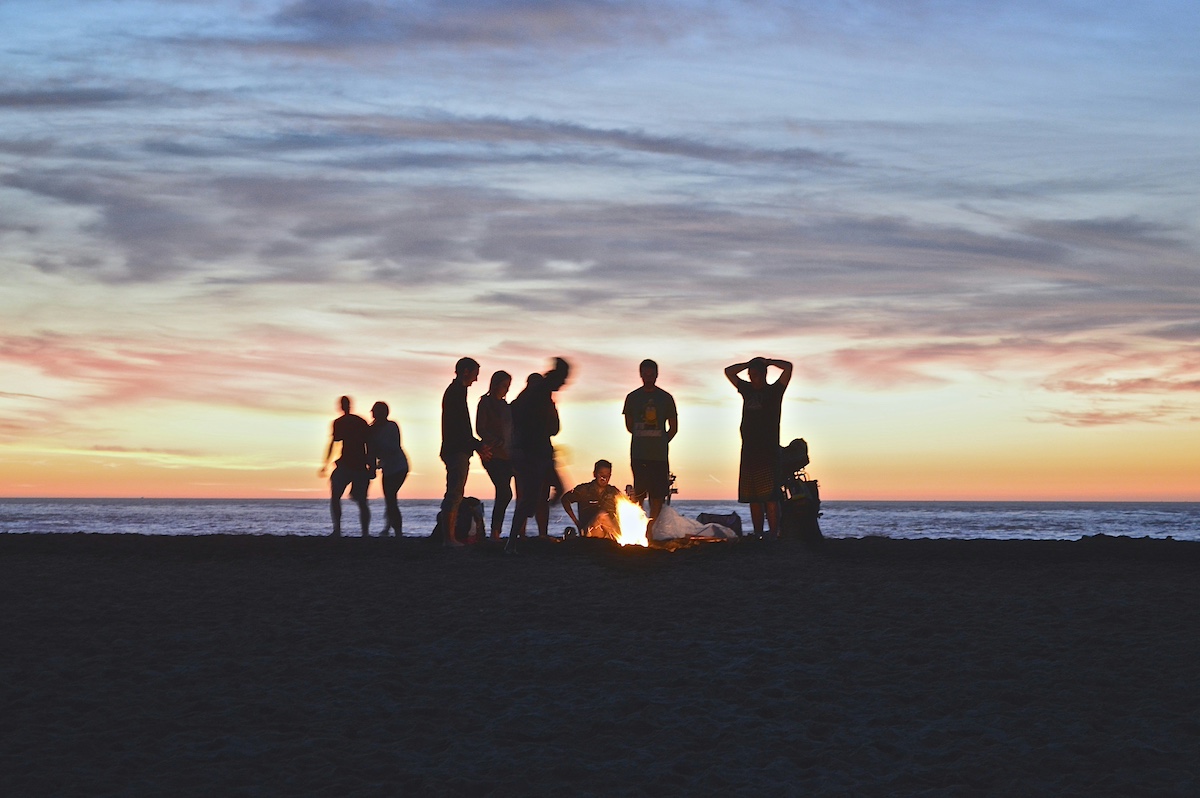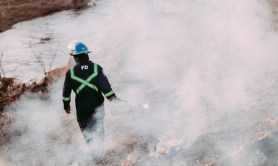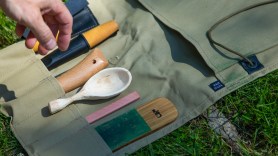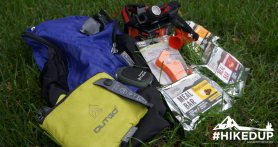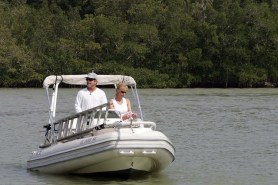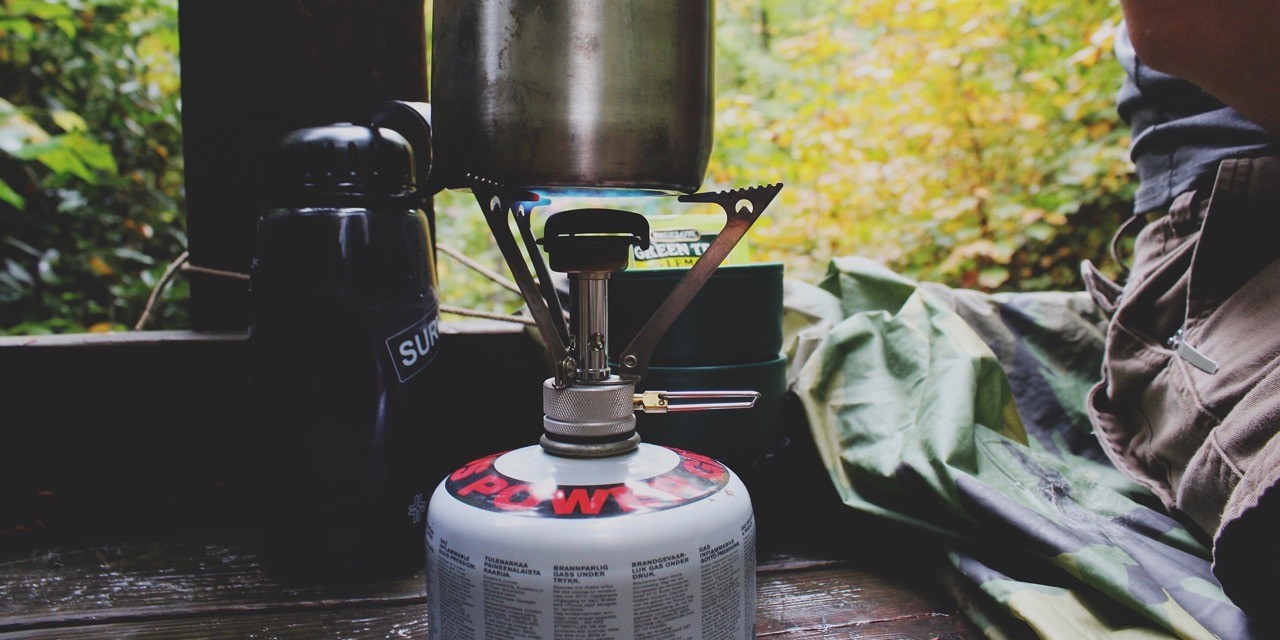

Can Camping Stoves Be Used Indoors?
A camp stove is a near-necessity for surviving in the wilderness. It’s lighter than an open fire grill, it’s more reliable, and it doesn’t require you to light a large, open fire. It’s also possible to use indoors, under certain conditions, where an open fire is simply not possible.
Videos by Outdoors with Bear Grylls
We’re about to talk about when and how to safely use your camping stove indoors, both inside your home and inside a tent. This can be dangerous under the best of conditions, so we’ll point out the obvious: don’t do this if you’re not experienced with camp stoves and familiar with your own stove.
Safety First
Before we answer the question “can camping stove be used indoors,” first let’s talk about the possible dangers.
The most obvious danger is the fire itself. While it would be hard to burn your house down with a camping stove, tents are another matter entirely. Modern tents are typically made of nylon or polyester, which are highly flammable material. If the floor or wall of your tent catches fire, it can turn into a death trap in just a few seconds.
However, the more insidious risk comes from carbon monoxide (CO). CO is an invisible, odorless gas that bonds to the hemoglobin in your blood even better than oxygen. As a result, it can build up in your blood, squeezing oxygen out of your system and causing dizziness and confusion. If you remain in a CO-filled environment, you can eventually pass out and die.
CO is produced whenever a carbon-based fuel is burned. However, it’s a byproduct of incomplete combustion, which means that more efficient fires will produce less CO than “dirtier” fires. Because of this, some stoves are safe for indoor use, while other, less efficient stoves, are not.
A charcoal burner, for example, should never be used indoors, under any circumstances. They produce far too much CO. Kerosene stoves should also never be used indoors, for the same reason. On the other hand, alcohol, white gas, and propane stoves are safe to use in a ventilated area. Good examples of ventilated spaces include under a working stove vent, inside a fireplace, or a room with open windows.
Finally, white gas and propane stoves can potentially leak, which can cause gas to build up in an enclosed space. This can lead to a flash fire, or even a fuel can explosion. To avoid this, tighten all fittings as securely as possible to ensure that no gas is leaking. And never leaver your stove running unattended. If it goes out by accident, the room or tent can fill with gas very quickly.
Special Rules For Tents
If you want to cook inside your tent, your fire and CO risks are significantly magnified. In the end, there’s just no reason good enough to justify the danger of running a stove in such a small, flammable space. The only exception to this is mountaineers, who may literally be hanging off the side of a cliff. But in that case, we’re talking about very advanced campers.
But that doesn’t mean you’re stuck cooking out in the rain. The vestibules of some large tents provide a nice compromise. You can stay out of the elements, with a quick escape if the worst should happen. And with the flap all the way open, you’ll also have enough ventilation for safety.
Another special concern is cooking safely in bear country. Bears have extremely keen noses and will be attracted to even the residual smell that lingers hours after you’re done cooking. If you’ve been cooking inside your tent, you’re liable to get a very rude awakening from a hungry animal that outweighs you by a significant margin.
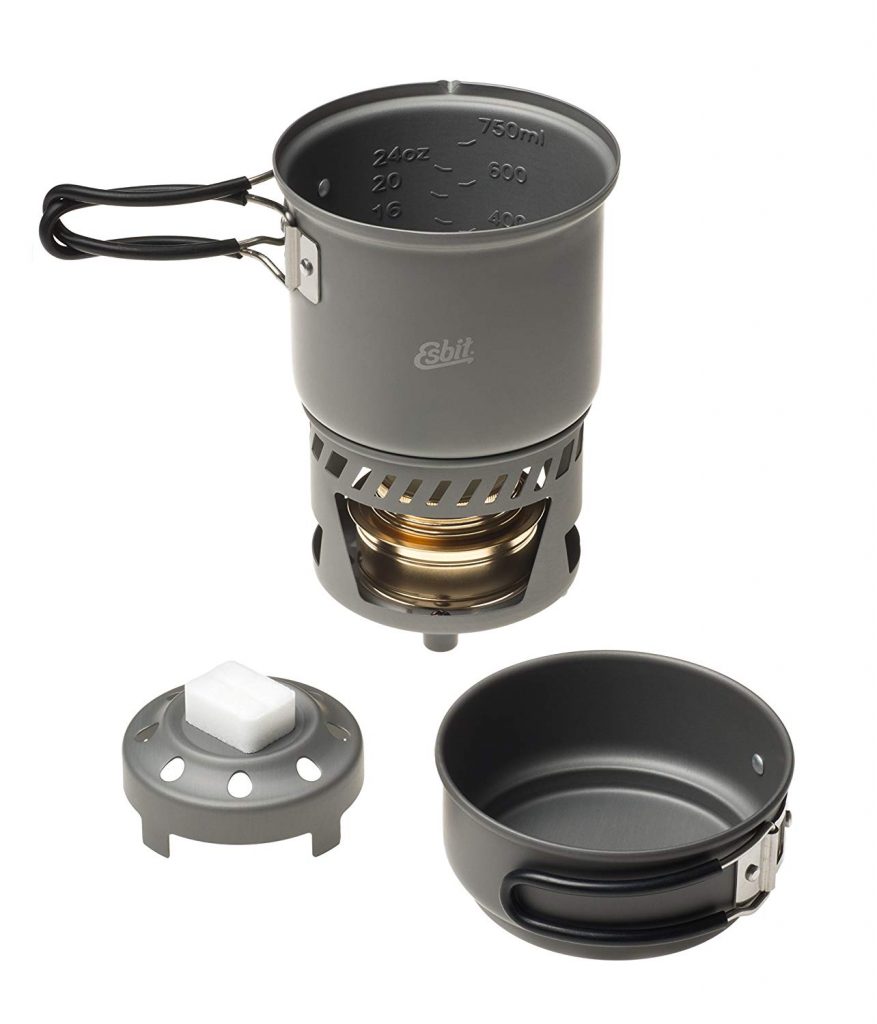
Safer Alternatives to Propane
So can camping stoves be used indoors? They can, but if you’re planning on using your camp stove indoors, there are alternative types of stoves that are much safer than propane or charcoal. Here are a few of the most common:
- Denatured alcohol stoves. These stoves burn very cleanly, and because they use a liquid fuel, there’s no risk of a gas leak. However, you’ll have to let the stove cool down before refueling, which can be annoying if you run out of fuel while you’re halfway through cooking a meal. The company Esbit makes a nice little five-piece set that has a brass burner.
- Canned heat. Canned heat, often sold under the brand name Sterno, is a condensed alcohol gel that comes in a can. Simply pop the lid off, light it with a match or lighter, and you’re ready to cook. Be careful in well-lit environments, though; this fuel has a nearly transparent flame, which can be nearly invisible on a sunny day. All you need with this setup is a small cooking surface like this.
- Meals Ready to Eat (MREs). MREs are standard army rations that come in heavy paper packages, and – as the name implies – are completely ready to eat. They may not be as enjoyable as a hot meal, but they’re easy to carry on the trail, and they’ll last for years as emergency home supplies.
